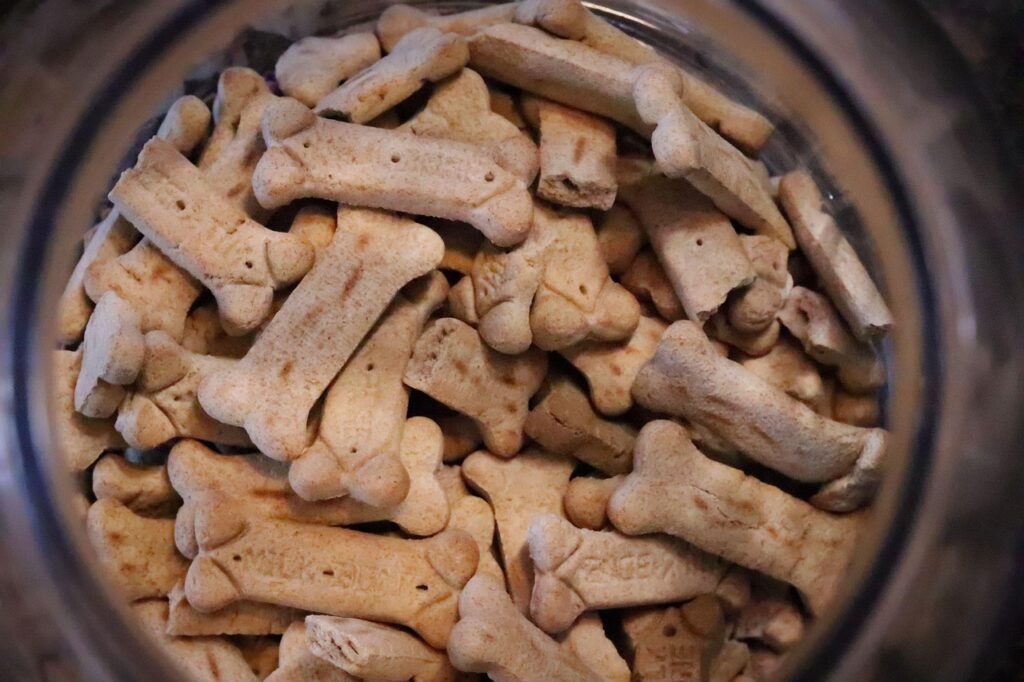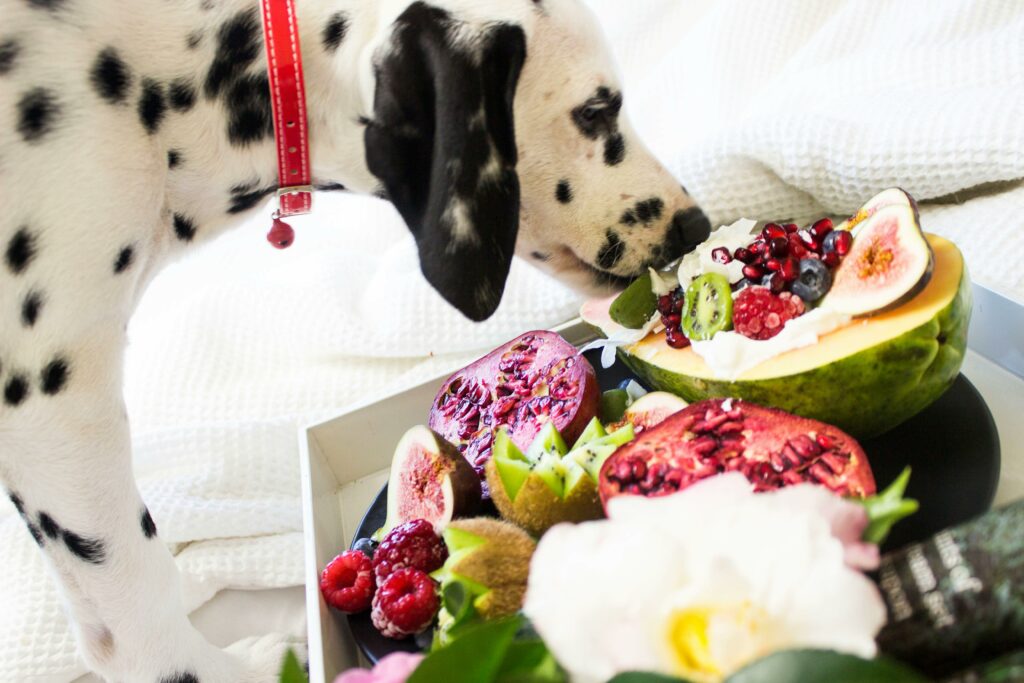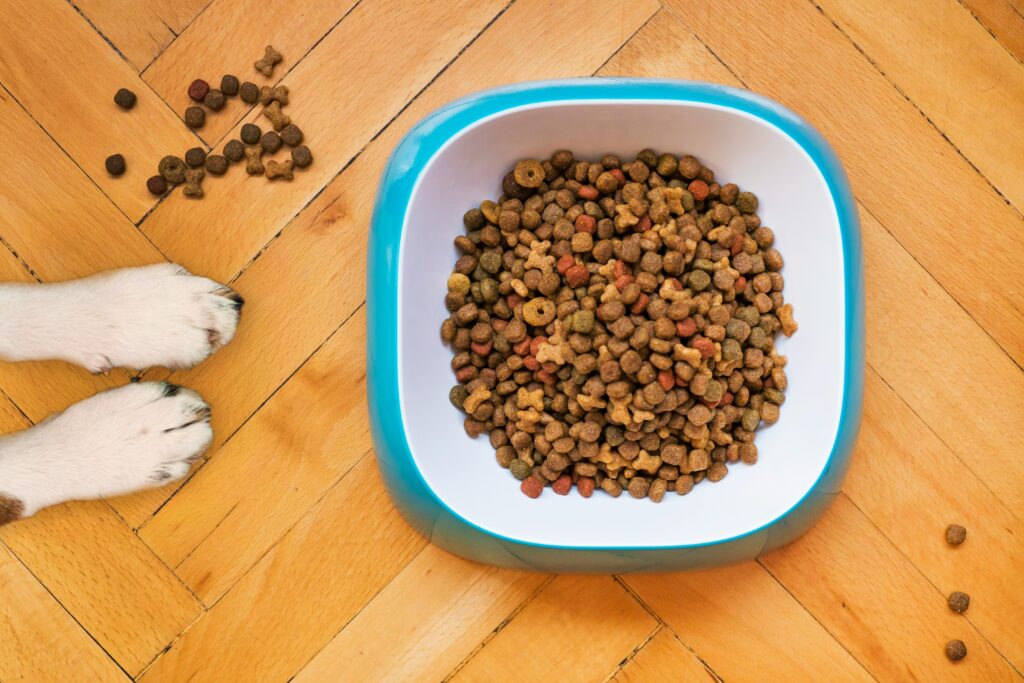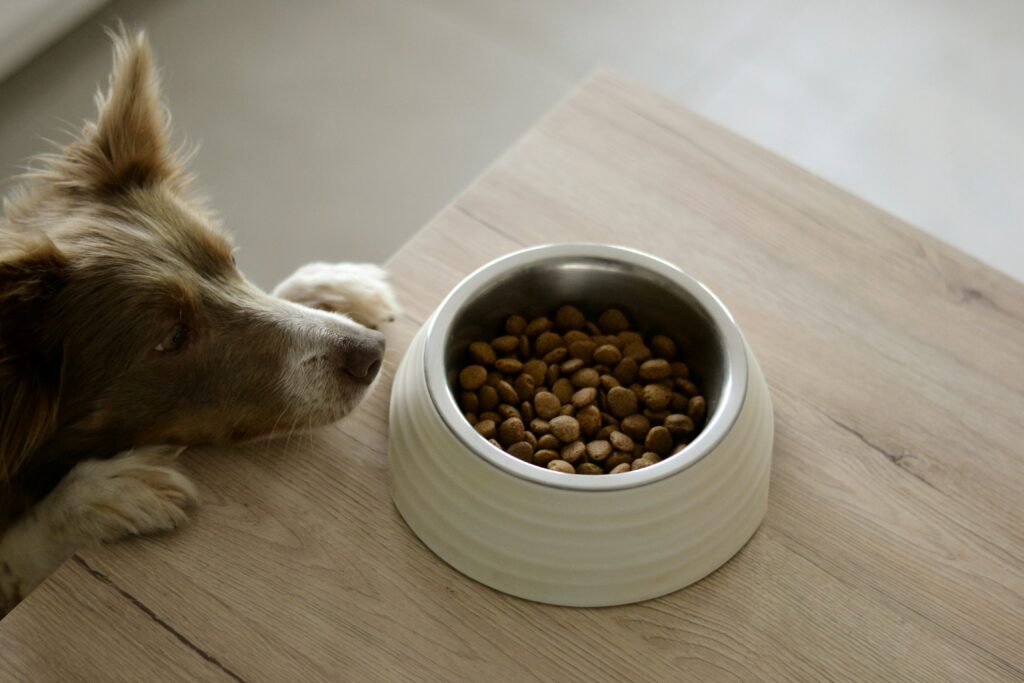
When it comes to feeding your dog, one of the most debated topics among pet owners is whether to choose a raw diet or a cooked diet. Both options have their advantages and drawbacks, making the decision complex. This article explores the nutritional benefits, potential risks, and safety measures of each approach to help you decide what’s best for your pup.
Understanding Raw vs. Cooked Diets
Before diving into the pros and cons, let’s define each diet:
Raw Diet: Consists of uncooked meats, bones, organs, and sometimes vegetables or supplements. This is often referred to as a BARF (Biologically Appropriate Raw Food) diet.
Cooked Diet: Includes lightly or fully cooked meats, grains, and vegetables, either homemade or commercially prepared.
Both diets aim to provide complete and balanced nutrition but differ in digestibility, nutrient retention, and safety concerns.
The Benefits of a Raw Diet for Dogs
Many dog owners believe raw feeding mimics the ancestral diet of wild canines, providing the most natural nutrition. Some key benefits include:
1. Improved Coat and Skin Health
Raw diets are rich in natural fats and oils, which can enhance skin condition and promote a glossy, healthy coat.
2. Better Dental Hygiene
Chewing on raw bones can act as a natural toothbrush, helping to reduce plaque buildup and bad breath.
3. Higher Energy Levels
Supporters of raw diets claim that unprocessed proteins and fats lead to increased energy and endurance in dogs.
4. Smaller, Less Odorous Stool
Raw diets typically contain fewer fillers, leading to smaller, firmer stools with less odor.

Potential Risks of Raw Diets
While a raw diet has its benefits, it also comes with potential risks that owners must carefully consider.
1. Bacterial Contamination
Raw meat may contain Salmonella, E. coli, or Listeria, which can pose health risks to both dogs and their owners.
2. Nutritional Imbalance
Without proper formulation, a raw diet may lack essential vitamins and minerals, leading to deficiencies over time.
3. Risk of Choking or Internal Injury
Feeding raw bones can sometimes cause choking hazards, dental fractures, or intestinal blockages if not appropriately sized.
4. High Cost and Storage Challenges
Raw diets can be expensive and require proper refrigeration and handling to maintain freshness and safety.

The Benefits of a Cooked Diet for Dogs
Cooking food can eliminate harmful pathogens while still providing essential nutrients. Here’s why some owners prefer cooked meals:
1. Enhanced Food Safety
Cooking eliminates harmful bacteria, making it a safer option for households with children, elderly individuals, or immunocompromised pets.
2. Easier Digestion
Some dogs have sensitive stomachs and may process cooked food more efficiently, reducing the risk of gastrointestinal distress.
3. Balanced Nutrition
Commercially prepared cooked diets are often formulated with precise nutrient balances, ensuring dogs receive complete and optimized nutrition.
4. Customization for Specific Needs
Cooked diets can be tailored to suit dogs with allergies, weight issues, or medical conditions, providing better control over ingredients.
Potential Downsides of Cooked Diets
Despite their advantages, cooked diets also have some limitations:
1. Loss of Nutrients
Cooking may deplete some essential nutrients like enzymes, vitamins, and amino acids, which are present in raw food.
2. More Preparation Time
Homemade cooked diets require careful meal planning and preparation, making them time-consuming.
3. Lower Palatability for Some Dogs
Some dogs prefer the natural aroma and texture of raw meat over cooked food.

Which Diet Is Best for Your Dog?
There is no one-size-fits-all answer. Choosing between raw and cooked diets depends on your dog’s health, lifestyle, and your ability to maintain food safety. Here are some factors to consider:
Dog’s Age & Health: Puppies, senior dogs, or those with medical conditions may benefit more from cooked diets due to higher digestibility and safety.
Owner’s Lifestyle: If you prefer convenience and safety, a cooked commercial diet may be better. If you can manage proper hygiene and formulation, a raw diet might work.
Veterinarian Consultation: Always consult with a veterinarian or canine nutritionist before switching diets to ensure it meets your dog’s specific needs.
Conclusion
Both raw and cooked diets offer unique benefits and risks. While raw diets can enhance coat health and digestion, they require careful handling to prevent bacterial contamination. Cooked diets, on the other hand, provide safer, more balanced nutrition but may require more preparation. Ultimately, the best choice depends on your dog’s individual needs and your commitment to food safety.
Reference
Raw diets for dogs and cats: a review, with particular reference to microbiological hazards – https://pmc.ncbi.nlm.nih.gov/articles/PMC6849757/
Raw Dog Food: Dietary Concerns, Benefits, and Risks – https://www.webmd.com/pets/dogs/features/raw-dog-food-dietary-concerns-benefits-and-risks
Share this:
- Click to share on WhatsApp (Opens in new window) WhatsApp
- Click to share on Facebook (Opens in new window) Facebook
- Click to share on LinkedIn (Opens in new window) LinkedIn
- Click to share on Pinterest (Opens in new window) Pinterest
- Click to share on Tumblr (Opens in new window) Tumblr
- Click to share on X (Opens in new window) X
- Click to share on Reddit (Opens in new window) Reddit
- Click to share on Telegram (Opens in new window) Telegram
- Click to email a link to a friend (Opens in new window) Email
- Click to print (Opens in new window) Print






























